Table of content
Tea, a beverage cherished across cultures for its comforting warmth and nuanced flavors, deserves meticulous care to preserve its quality. While many enthusiasts focus on brewing techniques, the art of storage often determines whether a tea retains its aroma, taste, and health benefits over time. Among storage methods, refrigeration emerges as a powerful tool—but only when executed correctly. This guide explores the science and practical steps to store tea in the refrigerator, ensuring every sip remains as vibrant as the day it was packaged.
Why Refrigerate Tea? Understanding the Basics
Tea leaves are highly sensitive to environmental factors: light, moisture, oxygen, heat, and odors. Exposure to these elements accelerates degradation, causing flavors to dull, aromas to fade, and even the growth of mold or bacteria. Refrigeration addresses several of these threats by slowing chemical reactions and microbial activity. However, not all teas benefit equally from refrigeration. Delicate varieties like green, white, and lightly oxidized oolong teas—which retain more natural oils and volatile compounds—are prime candidates for chilled storage. Black teas, pu-erhs, and aged oolongs, with their robust oxidation and fermentation processes, may not require refrigeration and could even absorb unwanted fridge odors if improperly stored.
Key Factors Affecting Tea Quality in the Refrigerator
To master refrigerated tea storage, one must control five critical variables:
- Temperature Stability: Fluctuations cause condensation, which introduces moisture—tea’s worst enemy.
- Humidity Levels: Excess moisture encourages mold and spoilage.
- Oxygen Exposure: Air accelerates oxidation, stripping tea of its freshness.
- Odor Absorption: Teas easily absorb scents from nearby foods (e.g., onions, cheese).
- Light Exposure: Even in darkness, some refrigerators emit interior light when opened, posing a risk.
Step-by-Step Guide to Refrigerating Tea
Preparation: Cooling and Portioning
- Allow Roasted Teas to Cool: If your tea was recently roasted (common in oolong or some green teas), let it rest at room temperature for 24–48 hours. This stabilizes moisture levels and prevents condensation when chilled.
- Divide into Portions: Store tea in small, airtight batches. Frequent opening of a large container exposes the remaining tea to humidity and odors.
Container Selection: The First Line of Defense
The right container is non-negotiable. Avoid plastic, which retains odors and allows air渗透 (air penetration). Opt for:
- Glass Jars with Rubber Seals: Opaque, airtight glass jars (e.g., mason jars) block light and create an impermeable barrier.
- Stainless Steel Canisters: Durable and odor-resistant, these are ideal for long-term storage.
- Vacuum-Sealed Bags: For bulk storage, vacuum sealing removes oxygen entirely. Reopen these bags sparingly.
- Ceramic Tins with Inner Lids: Ensure the lid fits snugly to prevent air exchange.
Pro Tip: Label each container with the tea type and storage date to track freshness.
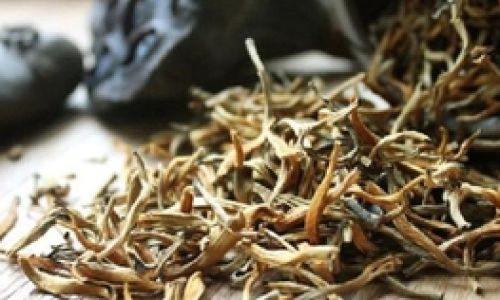
Placement in the Refrigerator: Location Matters
- Avoid the Door: The door experiences the most temperature fluctuations. Store tea on a central shelf where temperatures remain consistent.
- Isolate from Strong Odors: Place tea containers away from pungent items like garlic, fish, or leftovers. Consider a dedicated crisper drawer or sealed plastic bin for added protection.
- Keep Away from Vents: Direct cold airflow can cause uneven cooling and condensation.
Temperature and Humidity Control
- Set to 34–40°F (1–4°C): This range minimizes bacterial growth without freezing the tea.
- Use a Thermometer: Many refrigerators have uneven cooling; verify temperatures with an inexpensive fridge thermometer.
- Add Desiccants: Silica gel packets (non-toxic, food-safe) inside containers absorb excess moisture. Replace them every three months.
Common Mistakes to Avoid
- Storing Warm Tea: Placing hot tea directly into the fridge raises internal humidity, risking condensation.
- Overfilling Containers: Leave 1–2 cm of space to prevent the lid from warping and allowing air in.
- Neglecting Seals: Even a tiny gap in a lid can compromise the tea over weeks.
- Mixing Tea Types: Aromatic teas like jasmine or Earl Grey can transfer scents to milder varieties.
How Long Does Refrigerated Tea Last?
Storage longevity varies by tea type:
- Green Tea: 6–12 months (refrigerated) vs. 3–6 months (room temperature).
- White Tea: 12–18 months (refrigerated) vs. 6–12 months (room temperature).
- Oolong Tea: 12–24 months (refrigerated) vs. 8–12 months (room temperature).
- Black Tea: 18–24 months (room temperature); refrigeration offers minimal benefit.
- Pu-erh Tea: Avoid refrigeration; aging requires controlled humidity and airflow.
Note: These timelines assume optimal storage conditions. Always inspect tea for signs of spoilage before brewing.
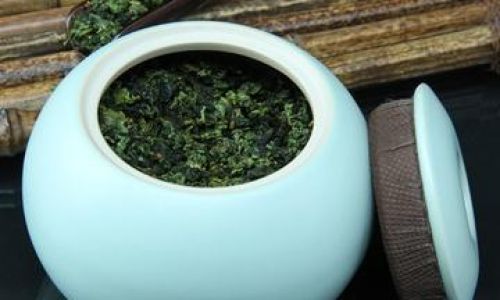
Signs Your Refrigerated Tea Has Gone Bad
- Mold or Fuzz: Discard immediately.
- Dull, Grayish Leaves: Oxidation or moisture damage.
- Rancid Smell: A chemical or musty odor indicates spoilage.
- Flat Taste: If the flavor lacks vibrancy, the tea has likely degraded.
Alternative Storage Methods: When Refrigeration Isn’t Ideal
For those without refrigerator space or for robust teas, consider:
- Airtight Ceramic Caddies: Store in a cool, dark pantry away from sunlight.
- Freezing: For long-term storage (1–2 years), vacuum-seal tea and freeze. Thaw completely before opening to prevent condensation.
- Original Packaging: If unopened and sealed, some teas retain quality for months.
The Debate: To Refrigerate or Not to Refrigerate?
While refrigeration extends shelf life, it’s not a one-size-fits-all solution. Tea connoisseurs often debate whether the benefits outweigh the risks (e.g., odor absorption, slight flavor dulling over time). For everyday drinkers, refrigeration offers practicality. For rare or aged teas, room-temperature storage with strict humidity control (40–60% RH) may be preferable.
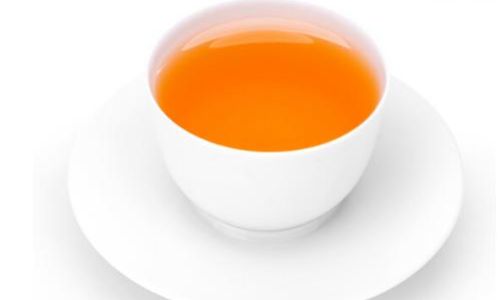
Conclusion: A Balanced Approach to Tea Preservation
Refrigerating tea is a science that demands attention to detail. By selecting the right containers, controlling temperature and humidity, and avoiding common pitfalls, you can enjoy fresh, aromatic tea for months. Remember that refrigeration is a tool—not a replacement for quality tea or proper brewing. Experiment with small batches to find what works for your palette, and savor each cup knowing you’ve preserved the leaf’s essence.
In the end, the best storage method is the one that aligns with your tea habits, tastes, and dedication to the ritual. Whether you’re a casual drinker or a passionate purist, the refrigerator can be your ally in the quest for the perfect brew.
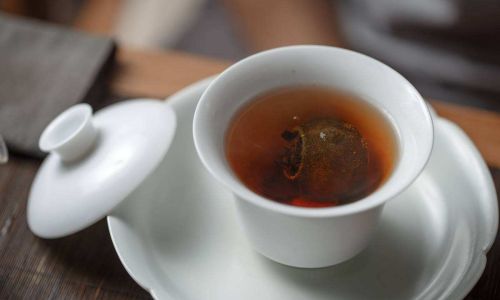
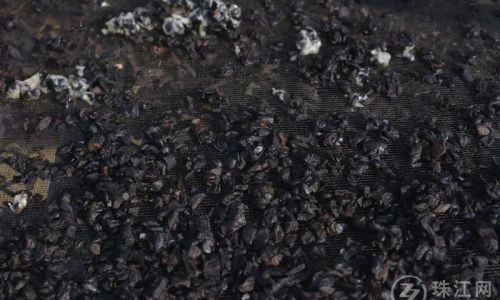
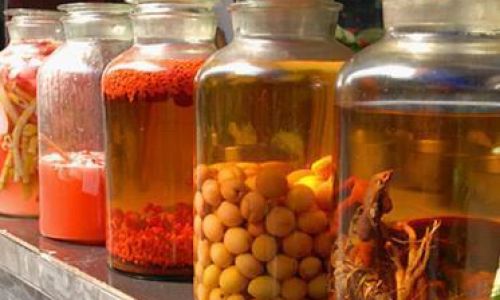



0 comments